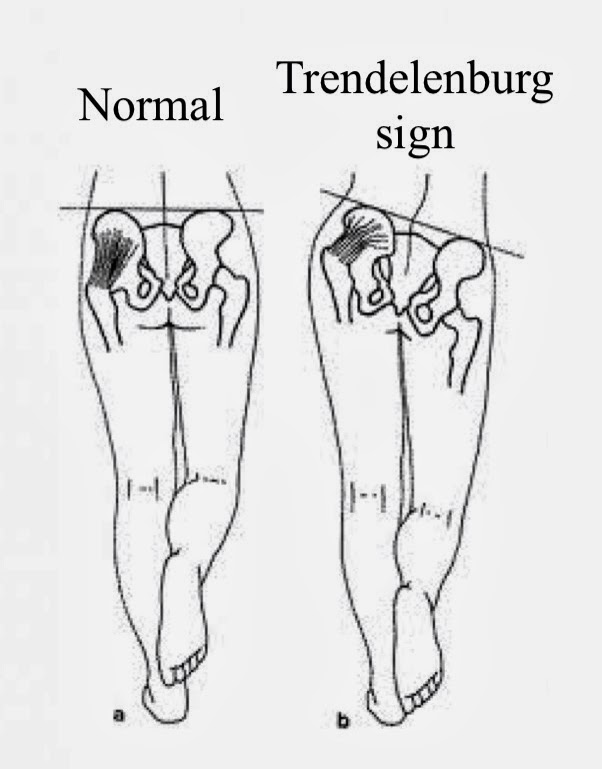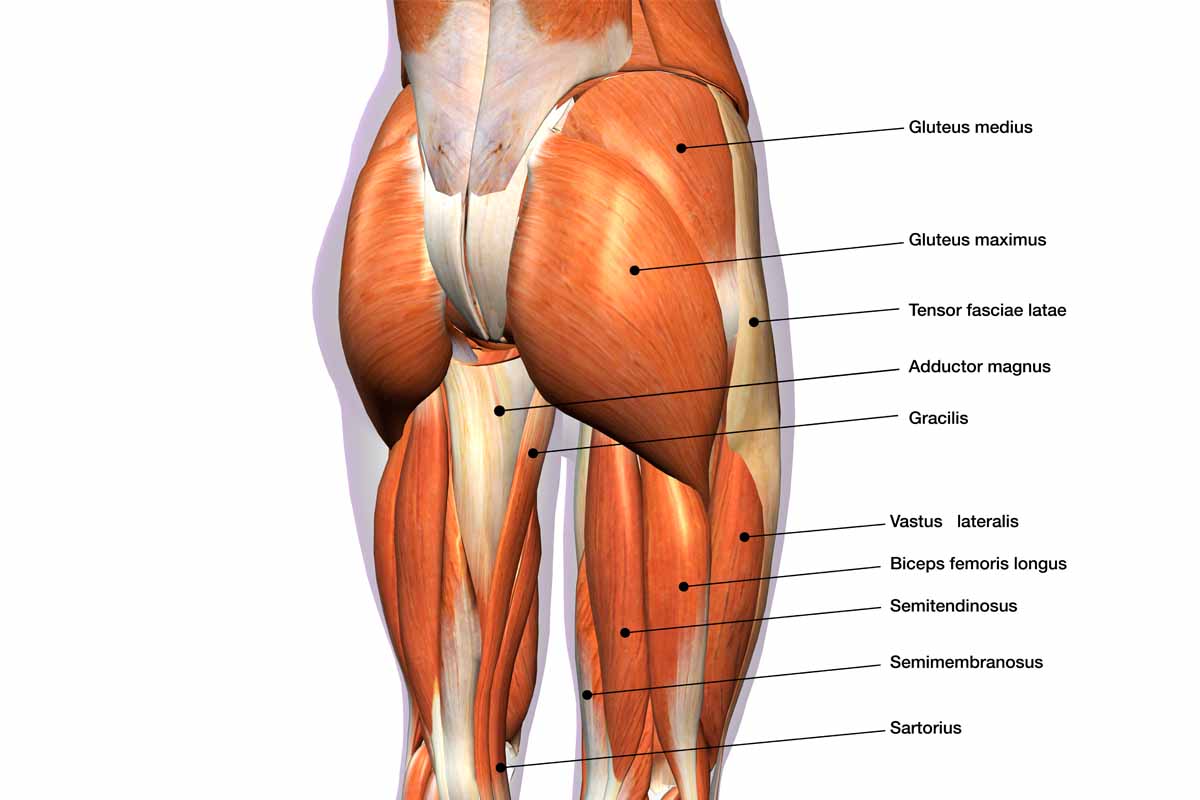IMPORTANCE OF AN EFFECTIVE GLUTES
WHAT ARE YOUR GLUTES?
Your 'glutes', or your gluteal muscles, refer to the muscles in your butt. Specifically, they incorporate 3 different muscles:
- Gluteus maximus (the main, larger muscle that shapes your backside),
- Gluteus medius.
- Gluteus minimus (gluteus medius and gluteus minimus are two smaller muscles that assist in movement).
Together, these muscles are responsible for hip extension, internal rotation, and abduction of the hip. The gluteus medius and minimus work together to promote hip abduction and prevent hip adduction. These muscle come in most handy when needing to balance on one leg, where controlling the motion of the pelvis on the femur is of the utmost importance.
WHAT CAUSES WEAK GLUTES?
Due to our heavily sedentary lifestyles, many of us suffer from under-active or weak glutes. In today's world, we are spending less time moving around and more time sitting, and as a result, we aren't properly using our glute muscles.
Because of this inability to develop our glutes effectively, they cannot activate properly during training sessions, and instead, other parts of our legs are compensating. This in turn leads to growth in other areas such as our hamstrings and quads, leaving our booty falling short.
Symptoms of weak or inactive glutes can also include: tight hip flexors, knee pain, low back pain, and weak ankles and feet.
This is why it is so important to use techniques that 'wake-up' our glutes prior to training, in order to boost our ability to perform, and ensure that they work properly during training.
THE IMPORTANCE OF STRONG GLUTES
Strong glutes are important for proper pelvic alignment, propulsion during running, and even single limb stance support. Strong glutes also help to support the lower back during lifting motions, and prevent knee injuries during lifting and running exercises. Having strong glutes is fundamental to properly execute many common lower extremity exercises like deadlifts, squats, and even walking. Find below 3 reasons why effective and strong glutes are important:
1. Reduce Back Pain:
Your glutes are responsible for hip extension, and also its reverse action. When the feet are fixed on the ground, the motion your glutes assist with is raising the chest up from the ground, like as in a deadlift. Therefore, strong glutes are essential to lower back health, since they assist with my pelvic and trunk motions as well. When your glutes are strong, you have a stable pelvis and better support for your lower back, so any load can be more evenly distributed through the lower back and lower extremities. A sign of weak glutes is rounding of the back during a deadlift.
2. Reduce Knee Pain:
Your gluteal muscles create pelvic stability. This is important because your lower extremities function in a closed chain. This means that if something goes wrong at the ankle, it can cause imbalances at the knee and further up the leg at the hip. The same can occur if instability arises at the hip; it can lead to excess forces on the knee and ankle. This can lead to knee discomfort or pain. Instability at the hip can cause excessive medial rotation of the femur, which in turn creates lateral patellar tracking. Lateral patellar tracking (or lateral kneecap tracking) is a common source of knee pain for many individuals.
3. Increase Power & Athletic Performance:
We already discussed the importance of strong glutes in athletic exercises like deadlifts, and that it can assist in forward propulsion during running (by creating explosive hip extension). Therefore, it is obvious that the glutes are essential to many athleteic pursuits: acceleration, jumping, and even heavy lifting. It goes without saying that the glute maximus is one of the largest and strongest muscles in the body; therefore it has a lot of influence over the explosive nature of an athlete’s performance. If you let your glutes get weak, you may find yourself less powerful, and efficient as some of your competitors.
ONE WAY TO SPOT WEAK GLUTES?

Trendelenberg Test: This
test allows us to test primarily the glute medius and minimus. It begins
by having the patient stand on one leg and lift the other off the ground. If
the pelvis of the elevated leg cannot stay level with the stance leg side, then
the test is positive. It indicates that the stance leg has weak abductors, aka
a weak glute medius.
HOW TO TRAIN FOR STRONG GLUTES
You need to train every function of your gluteal complex. That means you need to train hip extension, hip abduction, external rotation, and single leg balance and stability. Because your glutes are made up of both fast and slow twitch fibers, they should be trained in a mix of both high and low rep ranges, slow and fast tempos, and isometric holds.
If you struggle with any of what we listed here, it may be time to step up your glute routine. If you need effective glute training laid out for you in an easy-to-follow format, kindly contact us for adequate glute training to improve the function and aesthetics of your glutes.
We are here to help! At Optima-Health Physio Consult, we will provide you with a physical therapy assessment to get to the root cause of your pain.

